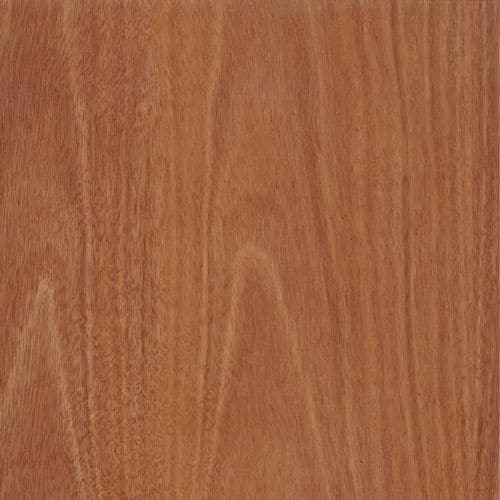HAWAIIAN HARDWOODS
Reclaimed woods from the Hawaiian Islands. All species featured are FSC certified. (Slider, from left shows: 1/4 Sawn Hamakua Eucalyptus, Koa, Ohia, Mango)
We are your complete source for reclaimed wood and Reclaimed Hawaiian Hardwoods, boasting the market’s largest selection of barnwoods, veneers, slabs, burls, logs, and lumber. You won’t find more sustainably sourced or more pristine reclaimed wood anywhere in the country! We are passionate about and sustainability. Each piece is unique and tells a story. Our staff has decades of experience and close relationships with renowned purveyors the world-over, which allows us to bring you California’s largest selection of reclaimed barnwoods, lumber, logs, veneers, slabs, burls, flooring, siding, and decking. Our exclusive stock of Hawaiian Hardwoods custom solid, engineered and thermally modified wood products will elevate your next project to new heights, ranging from residential remodels to large commercial installations.
Mango
Mango Plain Sliced
An interesting species, Mango has both a historied yore and a tremendous future. Domesticated originally 4,000 years ago in India for its fruit and wood, the species was brought to East Asia between the 4th and 5th centuries B.C. Also, it spread throughout the tropics by Portuguese explorers in the 16th century.
here and now, with the growing impact of land development, tree slice, and CO2 impact on the terrain, Mango is growing more popular as a green, sustainable wood option. Because the trees only bear fruit for 15 to 20 cycles, they’re routinely cut, seeded, and replenished, creating a rich material stock. Not only is it great for the climate, Mango’s wood also boasts matching calibers and the appeal of Teak, making it a more abundant and affordable choice.
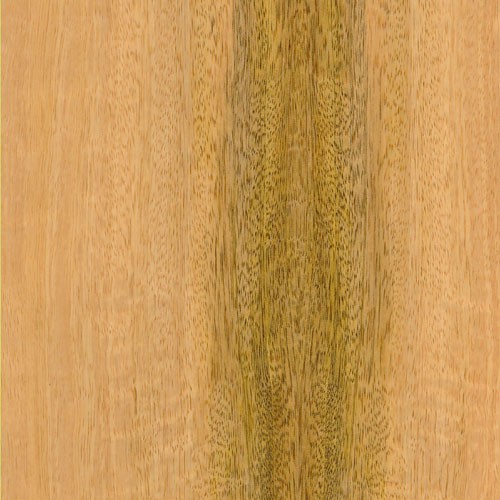
Mango Plain Sliced Figured
Because spalting is common in Mango, a montage of colors results, with heartwood ranging from golden brown to yellow, occasionally with pink and/ or black stripes. The grain can be straight or interlocked, with curled or mottled numbers transpiring naturally.
A robust and thick hardwood that repels water damage, Mango has a beautiful tropical look and feel. And a sweet smell. Making it a popular, sustainable choice for wood veneer, architectural plywood, interior and open-air cabinetwork, flooring, ukuleles, and turned objects.
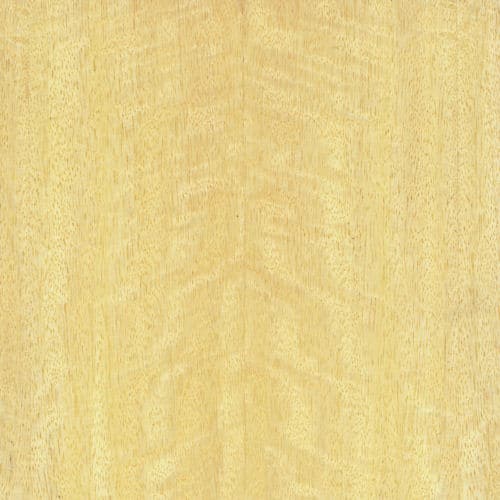
Koa
Koa Figured Premium
A truly splendid wood, Koa only grows in Hawaii, particularly the Big Island, Maui, and Kauai. But it’s indeed more rare than that sounds. Primarily because most of the Koa woodlands in Hawaii have been cleared for grazing ranges. So, the state passed a law making cutting down live Koa trees illegal. This means, now, uttermost of the remaining harvestable dead or decaying trees are only seen in hard-to-access mountain spots.
The good news is that Hawaii is addressing the shortage issue by planting new Koa colonies. But right now, those trees aren’t old enough to reap yet.
Appearance-wise, Koa is naturally a red-golden brown with dark bands, frequently with a fantastic golden luster. And it features excellent “ chatoyancy ” – a natural, bright shimmer or gloss – like no other wood. Koa’s grain is usually slightly interlocked, truly waved, creating a beautiful curled figure.
In some cases, Koa is easy to work with. It not only strands well, it stains and wrap-ups beautifully. Combined with its mesmerizing, outlandish calibers, this makes Koa wood largely sought after for high-end furnishings, cabinetry, veneer, architectural plywood, and musical instruments, especially guitars. It’s also used for canoes, gunstocks, sculpturing, coliseums, and other turned, specialty-wood objects.
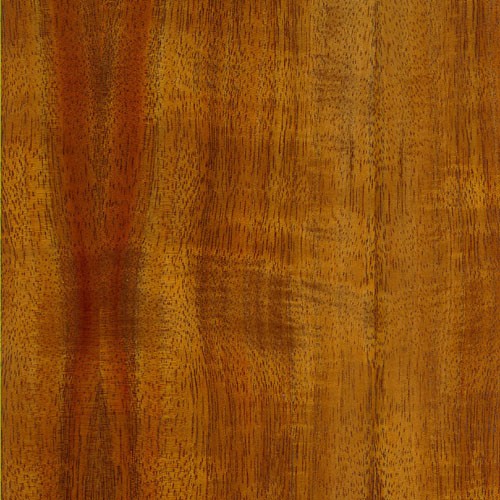
Monkey Pod
Monkey Pod Hawaiian Premium
A fast-growing, beautiful cover tree, Monkey Pod grows in open forestland areas and downs throughout the tropics. But it’s primarily from Central America down through South America into Brazil, where it’s usually called “ Raintree. ” Most presumably because its leaves tend to fold up at night, allowing rain to pass through its branches to leafage below.
Being so adaptable – and growing within 20 years – the species has been planted throughout Southeast Asia to numerous Pacific islets. Especially in Hawaii, where it not only goes by the name “ Monkey Pod, ” but grows so abundantly, it’s now valued as an exceptional, eco-friendly option to the abating reservoir of Koa wood, delivering a parallel “ islet aesthetic ” beauty — at a scrap of the cost.
Like Koa, Monkey Pod features dramatic grain and graceful, memorable figuring. The color tends to be a golden to dark brown – occasionally with darker stripes – and the easily bounded heartwood and sapwood form a beautiful distinction. The grain of Monkey Pod is generally straight but can be interlocked or waved, sometimes with knots and forks, creating largely figured, curled, or wild grain patterns.
Every cut of Monkey Pod is as astoundingly beautiful as it’s unique. Combine that with its comparatively appealing pricing. Monkey Pod becomes an incredibly edgy choice for wood veneer, architectural plywood, cabinetry, furnishings, guitars and ukuleles, and specialty wood items including bowls and plates.
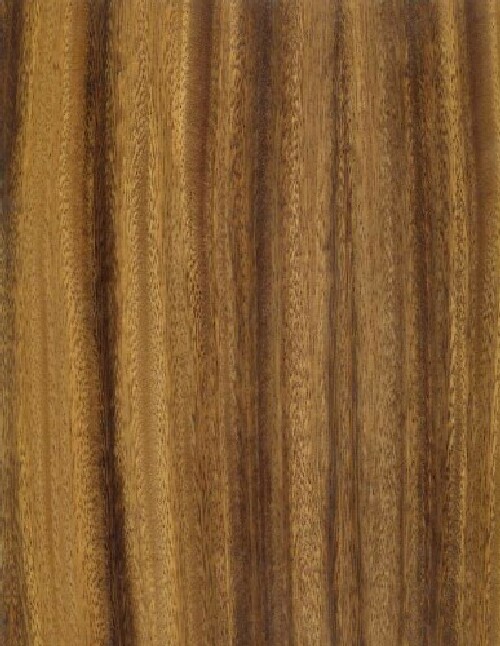
Ohia
Ohia
The most common tree in Hawaii, Ohia is one of the first species to populate new lava flows, offering vital watershed protection to the evolving terrain. Generally related to as simply “ Ohia, ” you may see it by its formal name ‘ Ohi’a Lehua. “ Lehua ” refers to the beautiful red, orange, and yellow scrape– suchlike flowers the plant produces, and “ Ohi’a ” is the tree itself.
But, according to Hawaiian legend, the name has a more romantic origin. Ohia and Lehua were youthful lovers, and the volcano goddess Pele fell in love with Ohia, the handsome fighter. But he rebuffed her aphrodisiac advances, so she turned him into a tree. Out of pity for the devastated Lehua, the other gods turned her into a flower and placed her upon the Ohia tree so they could be together always.
In reality, Ohia is a variable and unusual timeless, evergreen. Varying madly in height, it can be anything from a low– growing shrub to a towering 100- foot tree. And, no surprise, it’s the latter that produces the beautiful, tropical islet wood.
While the heartwood of Ohia ranges from a distinct dark brown to a sanguine cast, its greyish sapwood is ill– defined. The grain is interlocked, with a medium outfit texture and a moderate natural luster.
All together, Ohia gives you a warm, inviting islet vibe. Which makes for beautiful wood veneer, architectural plywood, furniture, flooring, and turned objects.
